Mercedes ups power and range in the new eVito Tourer
Mercedes has introduced the revised version of the eVito Tourer (as well as the combustion engine versions). The electric version now has a much bigger battery, more power and finally: DC fast-charging capacity.
Until now, the eVito has not been particularly flexible with its 41.4 kWh battery, the range between 150 and 186 kilometres and the exclusive AC charging. The cargo space was convincing, as was the space for passengers in the Tourer version – but for operations outside the CEP sector with fixed charging in the depot, drivers and operators have had to accept some compromises or long charging breaks, which has inhibited its performance for use in professional passenger transport.
Now with the revised version that will be available this summer, this has changed to a certain degree. In the future, the eVito Tourer will take over the drive from the passenger car version EQV, although the eVito delivery van version will retain the old drive and charging system. When electrive followed this up with Mercedes, a spokesperson explained that this was because the vehicles have different target groups. “The eVito panel van is mainly used in urban CEP operation, the daily mileage can already be covered today”, the Mercedes spokesperson said. “The eVito Tourer is mainly used for passenger transport and in official fleets. Here we want to offer our customers an even better overall package through fast charging and higher ranges”.
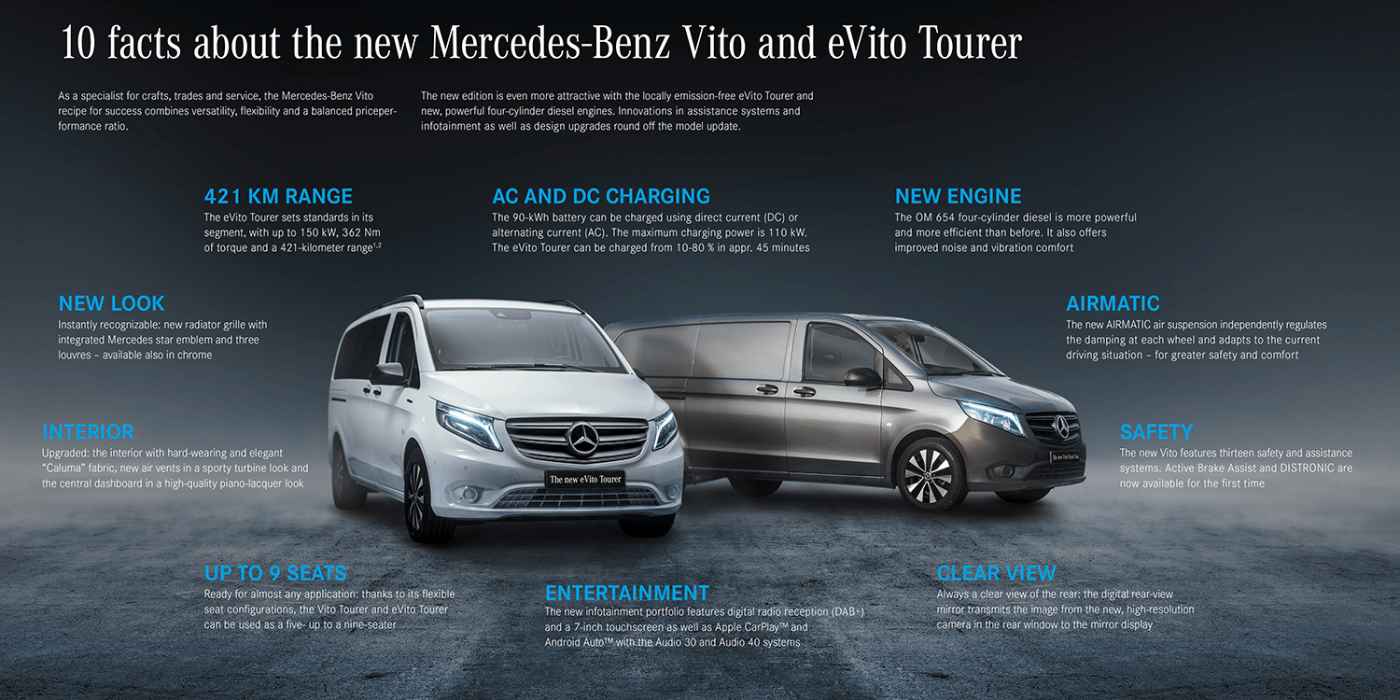
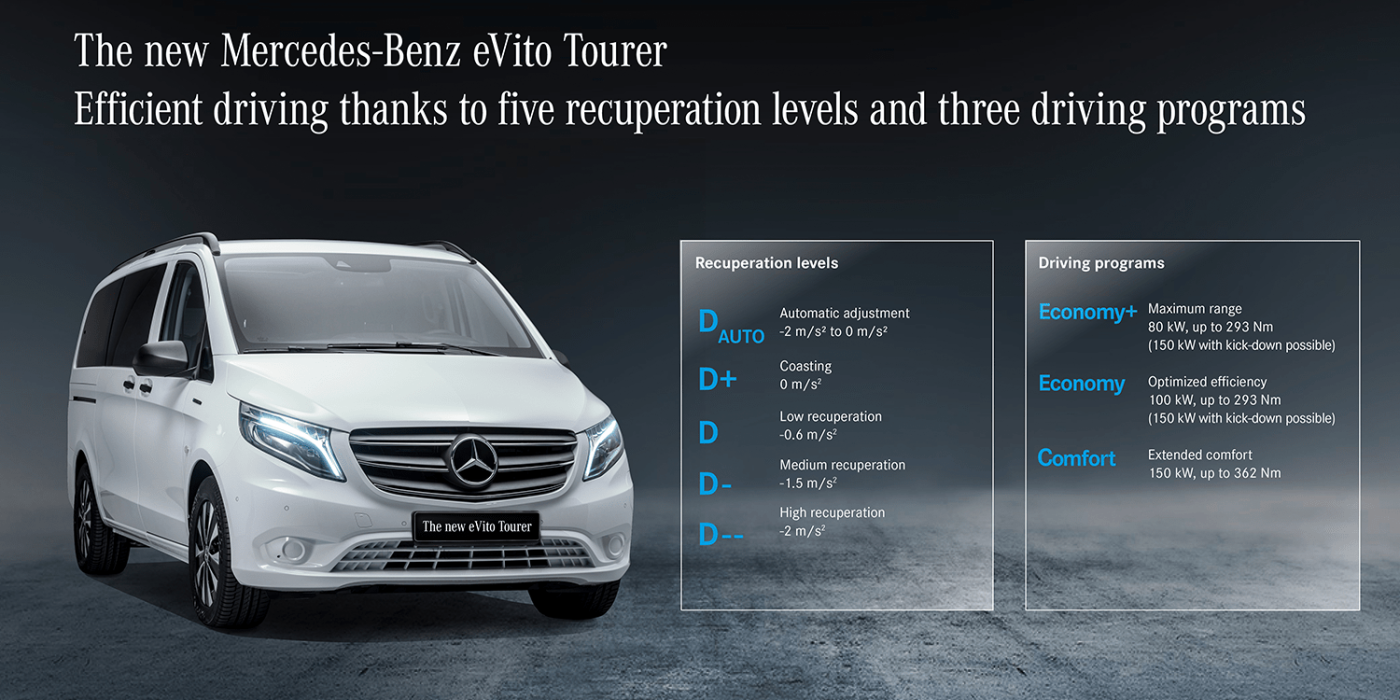
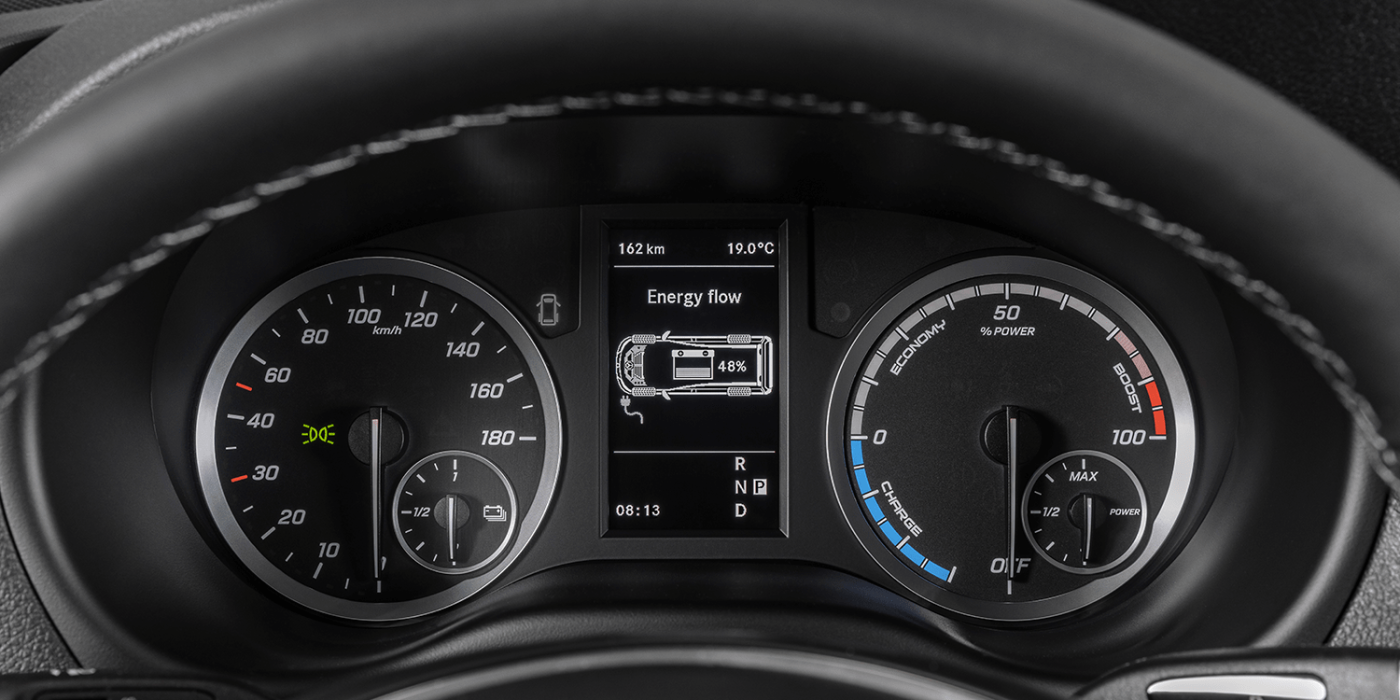
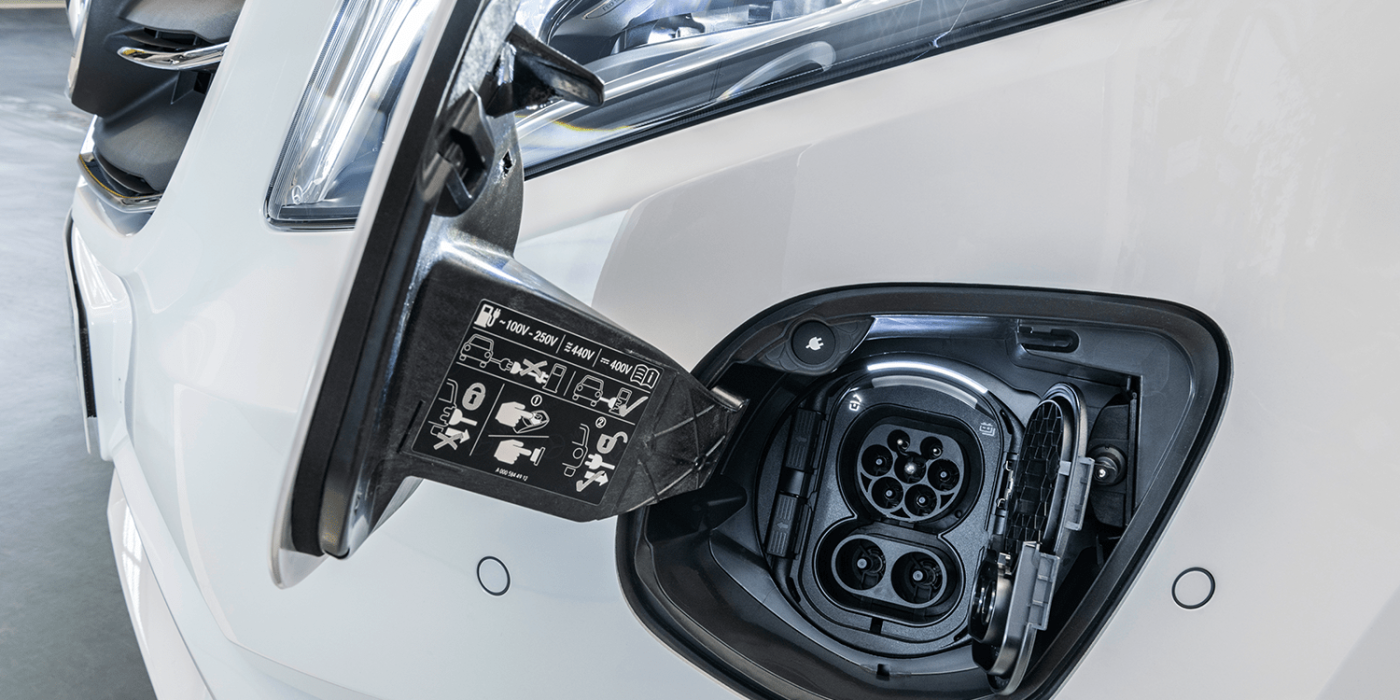
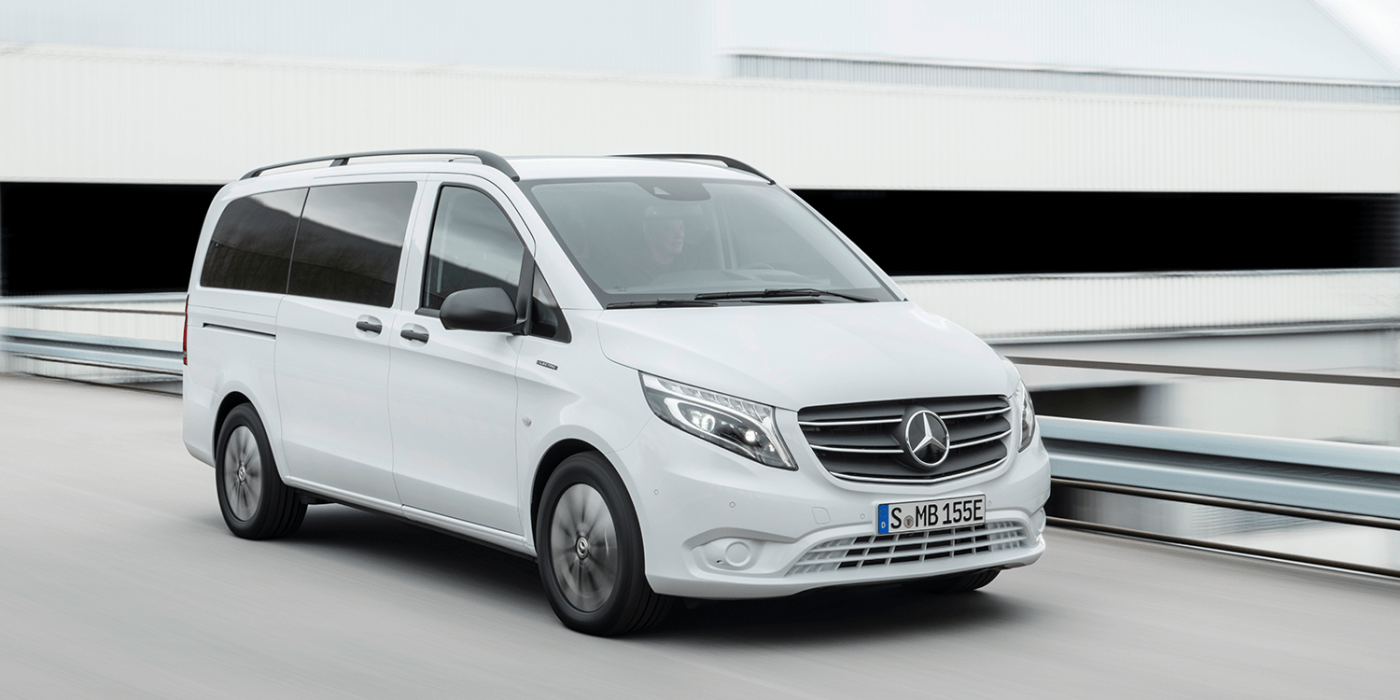
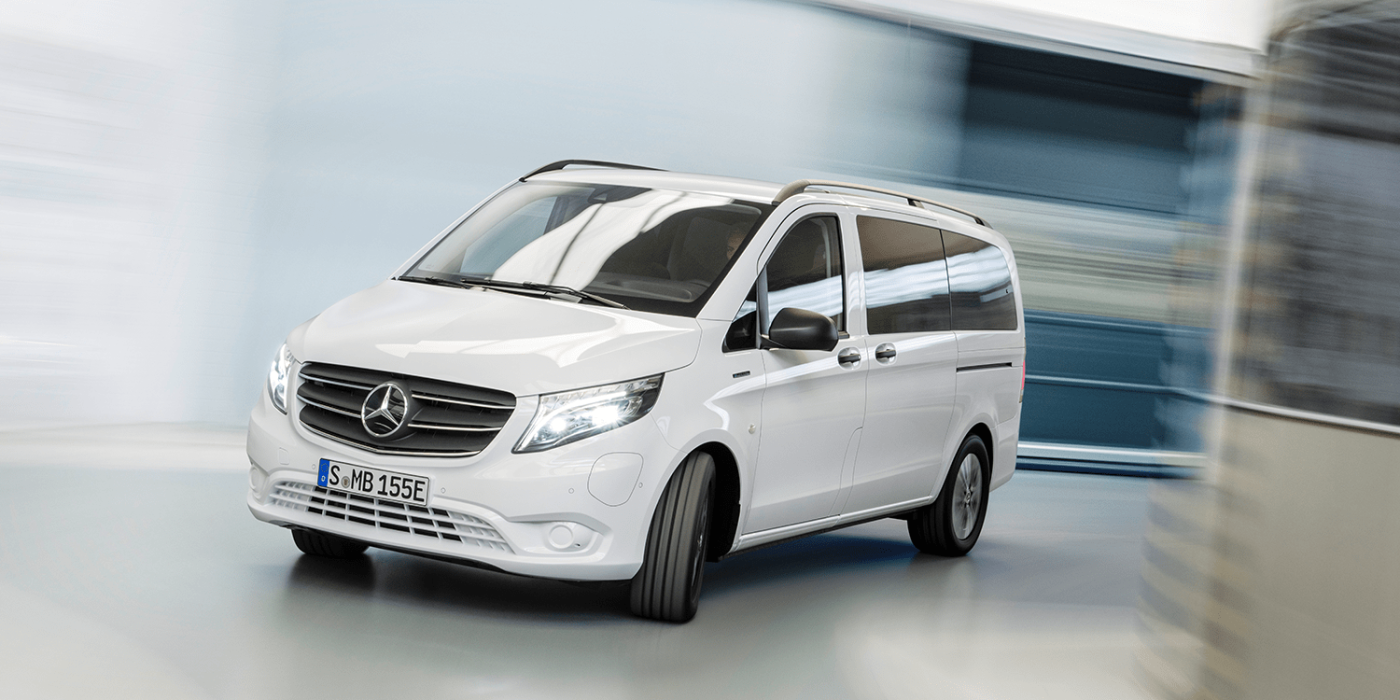
For the eVito Tourer passenger transporter, this means that in future, the electric motor will have an output of 150 kW (continuous output: 70 kW) and the battery will be more than twice as large: the gross capacity is 100 kWh, of which 90 kWh can be used. Mercedes says that the standard consumption is 26.2 kWh/100 km while the electric minibus has a range of 421 kilometres – but still according to NEDC. Compared to the previous maximum of 186 kilometres, this is an enormous advance even taking the outdated NEDC measurement standard into consideration.
Delphi’s water-cooled onboard charger enables three-phase AC charging with up to 11 kW. Now the electric people-mover is equipped with DC charging power is 50 kW ex works, with an optional maximum of 110 kW. The charging time has been improved from 10 to 80 per cent charge in “less than 45 minutes” which corresponds to an average charging power of 47 kW in this range.
When it comes to charging, eVito customers should be able to benefit from the Mercedes Pro connect connectivity solution presented with the eSprinter. The app can not only be used to control charging, but also to preheat or cool the car. In addition, all data can also be viewed in the fleet management tool. Mercedes also offers fleet customers a complete solution with a compatible charging station and – in the case of multiple charging points – load management.
As with the EQV, the CCS port is located in the front left-hand side of the bumper – certainly not the least critical location in the event of a minor rear-end collision or a parking spot, but the charging socket is easily accessible at a quick-charging station. This is at least much better than with the previous eVito, where the AC socket was simply mounted on the driver’s door instead of the tank nozzle – with the cable plugged in, it was sometimes impossible to open the driver’s door.
The eVito has a maximum speed of 140 km/h that can be optionally increased to 160 km/h. The basic layout of the drive has not been changed despite the increased performance data: The electric motor, transmission (with fixed ratio), cooling system and power electronics are located in same the engine compartment as the combustion engine version, and the battery is integrated flat into the underbody. With its central position and low centre of gravity, the layout should have a positive effect on the eVito’s handling.
As illustrated above, the driver should be able to choose flexibly between comfort and maximum range via three driving programs and the various recuperation modes (controllable via shift paddles on the steering wheel). In Comfort mode, the full 150 kW and 362 Newton metres of torque are always available, while in Economy and Economy+ modes, peak power is reduced to 100 and 80 kW respectively and torque to 293 Nm. In addition, the eVito also takes over the recuperation stage D-Auto from the passenger car models, where the system is networked with other assistance systems (such as distance radar) and thus adapts recuperation in a forward-looking and situation-specific manner.
Two lengths, but no prices yet
The eVito is to be offered in two lengths: 5.14 metres in the regular size and 5.37 metres in the extra-long version. In addition, the car is to have flexible seating, with a maximum of nine seats, or more comfortable vis-à-vis seating for shuttle operations. The maximum luggage compartment volume is 999 litres in the long version and 1,390 litres in the extra-long version.
The interior has also been slightly upgraded. Even the standard “Audio 10” radio has DAB reception as well as a Bluetooth connection for the hands-free system or streaming music. The “Audio 30” and “Audio 40” systems have a seven-inch touchscreen with connection to Apple CarPlay and Android Auto. For the first time in the vehicle class, Mercedes is offering a digital interior mirror that can display the image from the rearview camera in the interior mirror, which is practical, for example, when the vehicle is carrying a full load.
Mercedes has not revealed the prices for the revised eVito in its press release. The earlier model cost 45,710 euros net. We are curious to see what Mercedes will charge customers for the technology upgrade.
With reporting by Sebastian Schaal, Germany

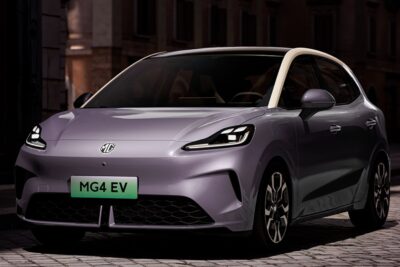
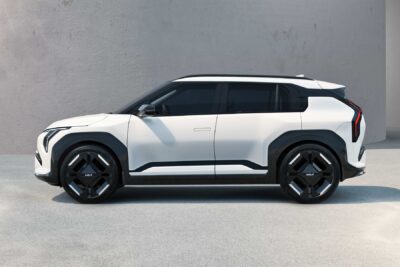
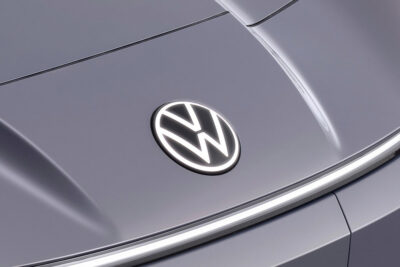
0 Comments